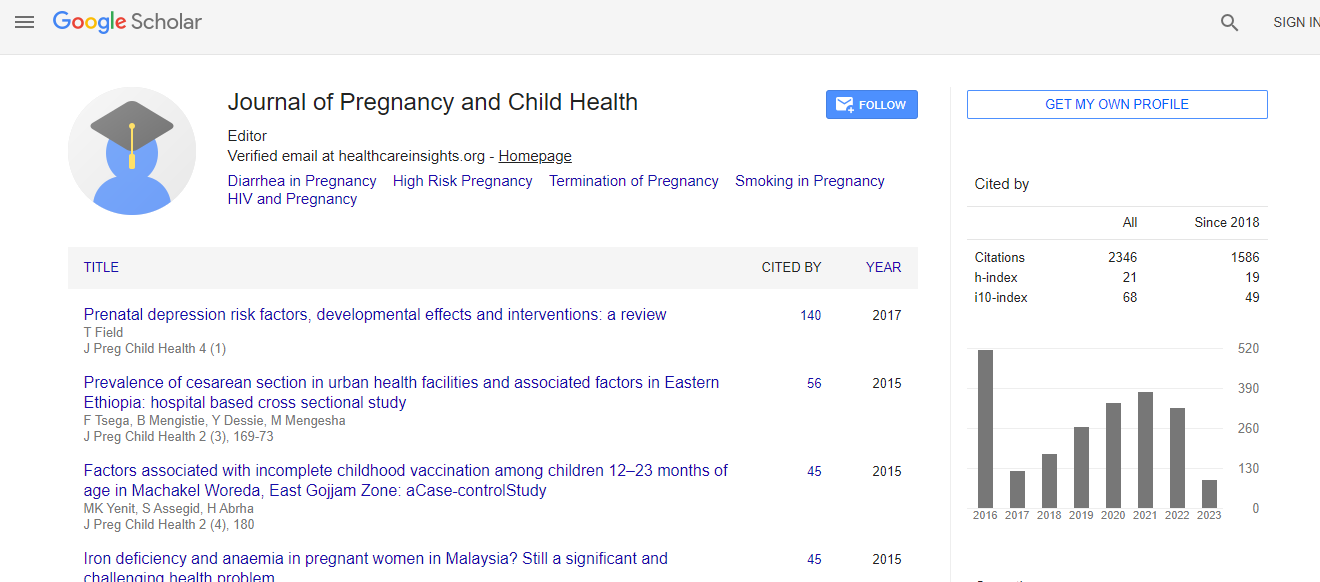Review Article
Contribution of an Ultrasound Tissue Characterization on Fetal and Neonatal Health
Maeda K1*, Kihaile PE1, Ito T2, Utsu M2, SerizawaM3and YamamotoN21Department of Obstetrics and Gynaecology Tottori University Medical School, Yonago, Japan
2Department of Obstetrics and Gynaecology, Hakuai Hospital, Yonago, Japan
3Department of Obstetrics and Gynaecology, Hamamatsu Medical Centre, Hamamatsu, Japan
- *Corresponding Author:
- Maeda K
Department of Obstetrics and Gynaecology
Tottori University Medical School
Yonago, Japan
Tel: 81859226856
E-mail: maedak@mocha.ocn.ne.jp
Received date: September 26, 2015; Accepted date: September 28, 2016; Published date: September 30, 2016
Citation: Maeda K, Kihaile PE, Ito T, Utsu M, Serizawa M (2016) Contribution of an Ultrasound Tissue Characterization on Fetal and Neonatal Health. J Preg Child Health 3:286. doi:10.4172/2376-127X.1000286
Copyright: © 2016 Maeda K, et al. This is an open-access article distributed under the terms of the Creative Commons Attribution License, which permits unrestricted use, distribution and reproduction in any medium, provided the original author and source are credited.
Abstract
Purpose: Objective ultrasonic B-mode image analysis in clinical ultrasound tissue characterization with echogenicity histogram in commercial B-mode devices. Materials: Placental intervillous space fibrin deposit, fetal growth restriction, malignant neoplasia, fetal brain echo density, fetal lung immaturity, meconium-stained amniotic fluid and adult liver. Methods: Commercial ultrasound B-mode histogram base width of a phantom divided by the full gray scale length was constant controlling B-mode gain; it was called gray level histogram width (GLHW) and used to tissue characterization. Image contrast should be lowest. Results: Fibrin deposit in placental intervillous space was diagnosed and treated with heparin to obtain normal neonate. Ovarian, cervical and endometrial malignancies were higher than 50% in GLHW. Fetal brain echo density and fetal lung immaturity were diagnosed. Meconium stained amniotic fluid GLHW was high. Adult liver GLHW will be studied in the future. Helsinki declaration was followed in the studies. Conclusion: The GLHW objectively diagnosed ultrasound B-mode image; thus, it should be widely used even in adult using commercial B-mode device.

 Spanish
Spanish  Chinese
Chinese  Russian
Russian  German
German  French
French  Japanese
Japanese  Portuguese
Portuguese  Hindi
Hindi 
